Retrocalcaneal Bursitis at Foot Foundation
Retrocalcaneal bursitis occurs when the bursa between the heel bone and Achilles tendon becomes irritated or inflamed. It often develops alongside tendon issues or Haglund’s deformity.
At Foot Foundation, we provide tailored care including footwear modification, orthotics, shockwave therapy, and rehabilitation strategies to relieve pain and restore function.
What is Retrocalcaneal Bursitis?
Retrocalcaneal bursitis is inflammation of the bursa located between the Achilles tendon and the heel bone (calcaneus). The bursa acts as a friction-reducing cushion, allowing smooth gliding of the tendon. When repeatedly compressed or irritated, the bursa becomes inflamed, leading to pain and swelling at the back of the heel.
It often develops in conjunction with insertional Achilles tendinopathy or Haglund’s deformity (a bony enlargement of the heel). Patients may experience discomfort with footwear pressure or activities that load the ankle into dorsiflexion, such as climbing stairs or running uphill.
Causes & Risk Factors
Repetitive ankle dorsiflexion (running, jumping, stair climbing)
Poor footwear with rigid or high heel counters
Haglund’s deformity (bony prominence at the back of the heel)
Insertional Achilles tendinopathy
Direct trauma or pressure to the heel
Overuse in running or high-impact sports
Systemic conditions such as inflammatory arthritis
Treatment at Foot Foundation
Footwear modification – shoes with soft heel counters and cushioned soles
Heel lifts – reduce compressive load on the bursa
Custom orthotics – correct abnormal biomechanics and offload the tendon–bursa complex
Shockwave therapy (ESWT) – beneficial in chronic cases
Manual therapy and calf stretching – reduce contributing tightness
Strapping and padding – reduce friction from footwear
Referral for corticosteroid injection in resistant cases, used cautiously due to risk of tendon weakening
Surgical referral if bursitis is secondary to a large Haglund’s deformity and fails conservative care
Symptoms
Localised pain and swelling at the back of the heel
Redness and warmth in acute cases
Pain aggravated by uphill walking, running, or tight footwear
Tenderness when squeezing the sides of the heel near the tendon insertion
Discomfort in both activity and rest in more advanced cases
Diagnosis
At Foot Foundation, diagnosis is made through:
Clinical history and palpation of the bursa region
Differentiation from insertional Achilles tendinopathy (pain more focal at tendon insertion)
Assessment of footwear and gait mechanics
Ultrasound to confirm fluid in the bursa and rule out tendon involvement
X-ray if Haglund’s deformity is suspected
Retrocalcaneal Bursitis – FAQs
Retrocalcaneal bursitis is inflammation of the fluid-filled sac behind the Achilles tendon. It causes pain at the back of the heel, especially when wearing shoes or climbing stairs.
It usually develops from repetitive stress and compression between the Achilles tendon and heel bone. Poor footwear, bony prominences, and associated tendon problems often contribute.
While both cause heel pain, bursitis involves the bursa (a fluid sac), whereas tendinopathy involves the tendon fibres. Often, the two conditions occur together and require careful differentiation.
Mild cases may resolve within 6–8 weeks with activity and footwear modification. Chronic cases, especially those linked with bony deformities, may take several months and require advanced therapies such as shockwave.
At Foot Foundation, the most effective treatments combine:
- Footwear modification and orthotics
- Heel lifts to reduce compression
- Shockwave therapy in chronic bursitis
- Strength and flexibility programs for the calf–Achilles complex
Yes. Orthotics reduce abnormal biomechanical load on the Achilles–bursa interface, particularly in patients with excessive pronation or flat feet.
A temporary reduction or modification in activity is often necessary to allow recovery. With correct treatment, most patients can return to sport without long-term restriction.
In most cases, bursitis resolves with conservative care. Surgery may be considered if bursitis is caused by Haglund’s deformity or in chronic cases that do not respond to orthotics, footwear changes, and therapy.
If heel pain persists longer than two weeks, worsens with footwear, or interferes with sport and daily activity, a specialist assessment is recommended to ensure the right diagnosis and treatment.
Why Choose Foot Foundation?
Foot Foundation provides specialist diagnosis and treatment for retrocalcaneal bursitis, ensuring it is correctly differentiated from tendon pathology. Our team combines podiatry and physiotherapy expertise, offering orthotics, shockwave therapy, footwear prescription, and rehabilitation for long-term outcomes.
With clinics in Rosedale, Takapuna, Remuera, Botany, Hamilton, and Tauranga,
Foot Foundation provides expert heel care across New Zealand.




